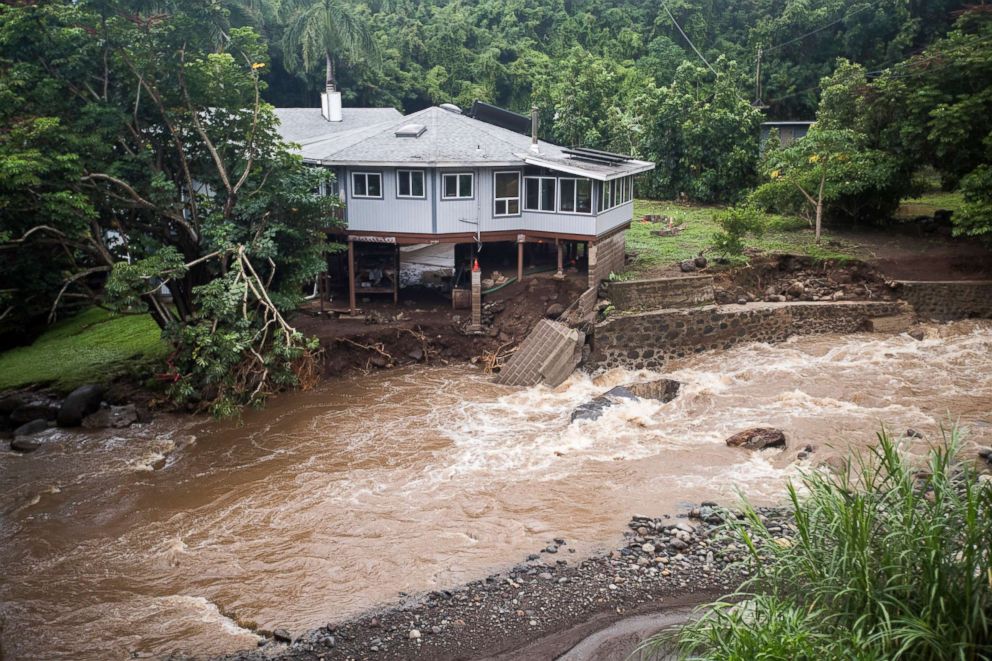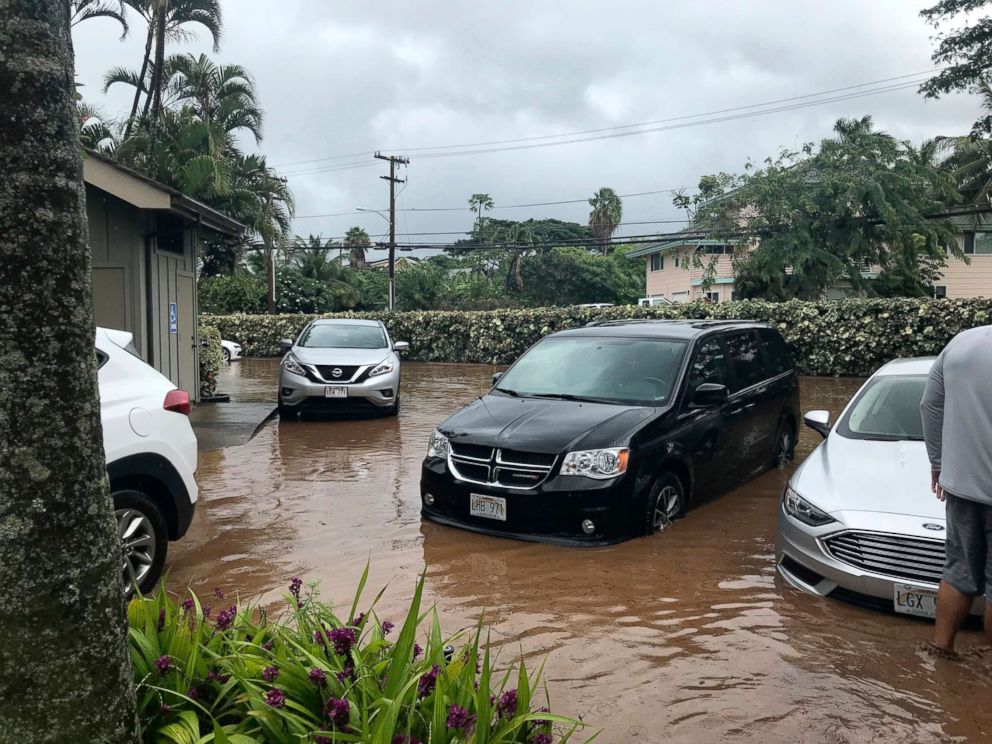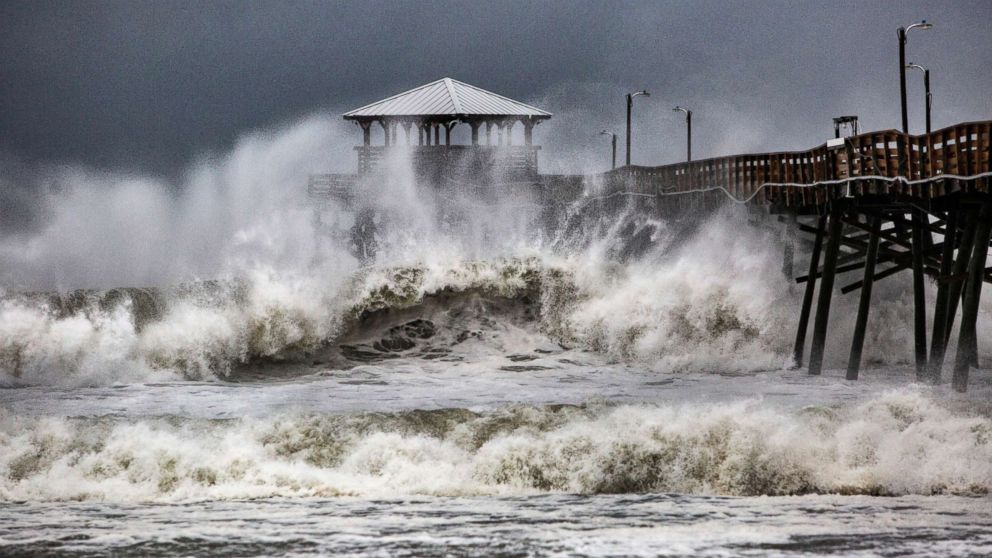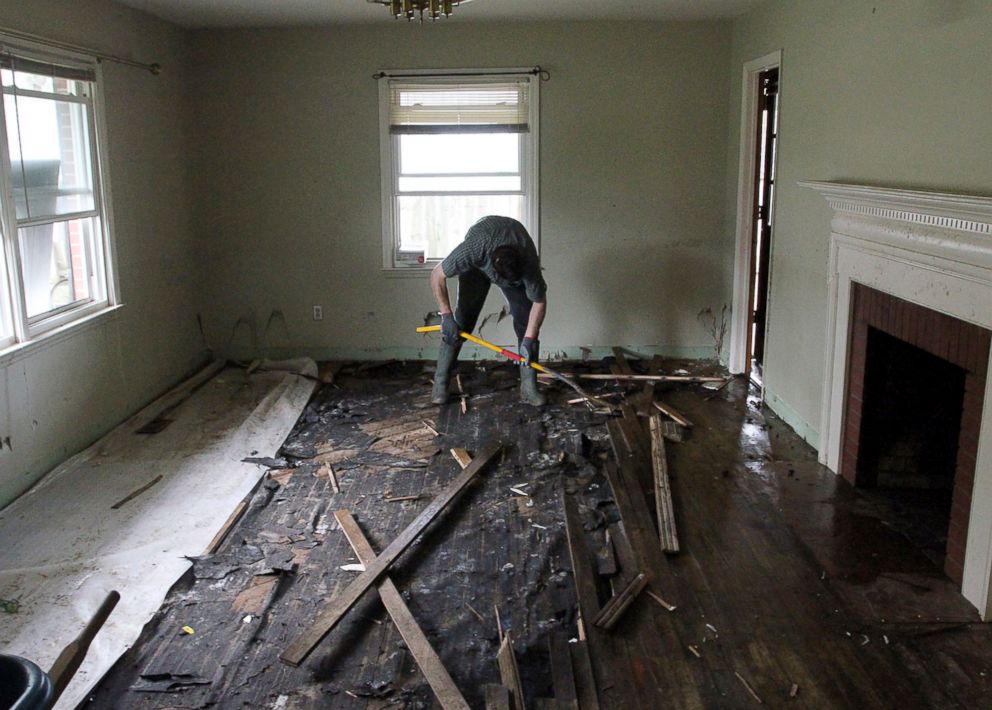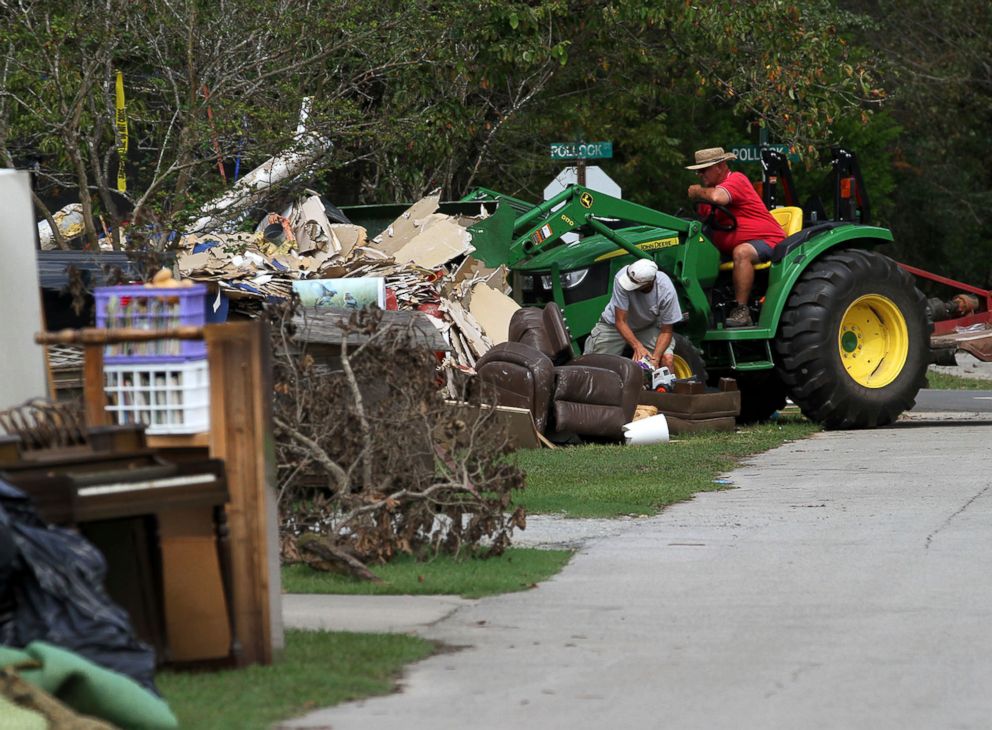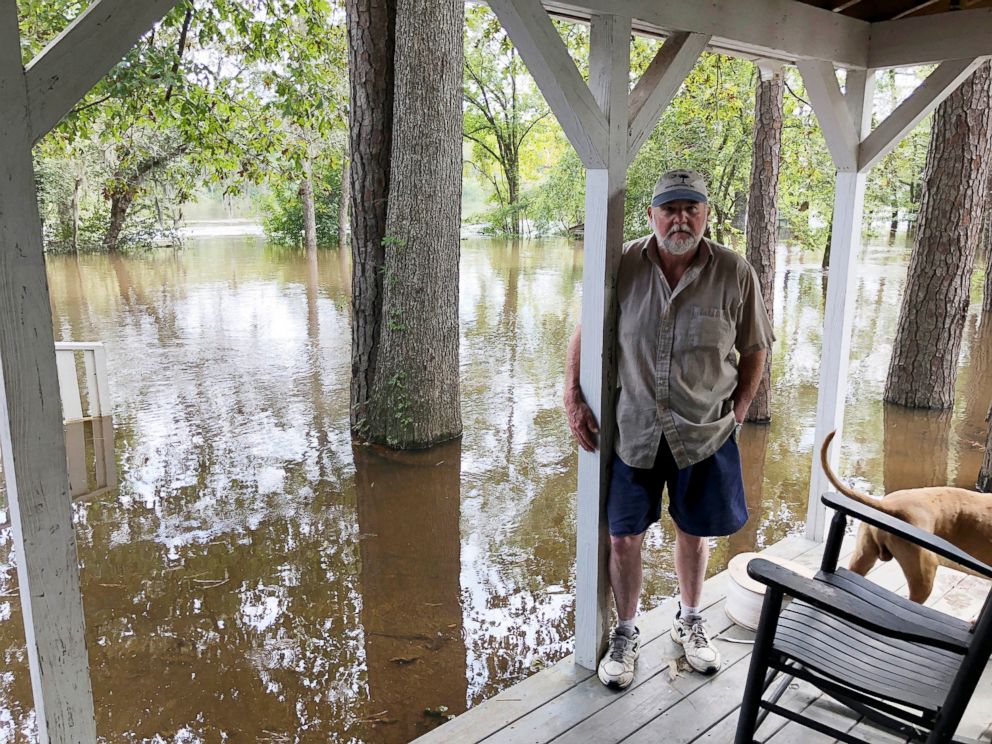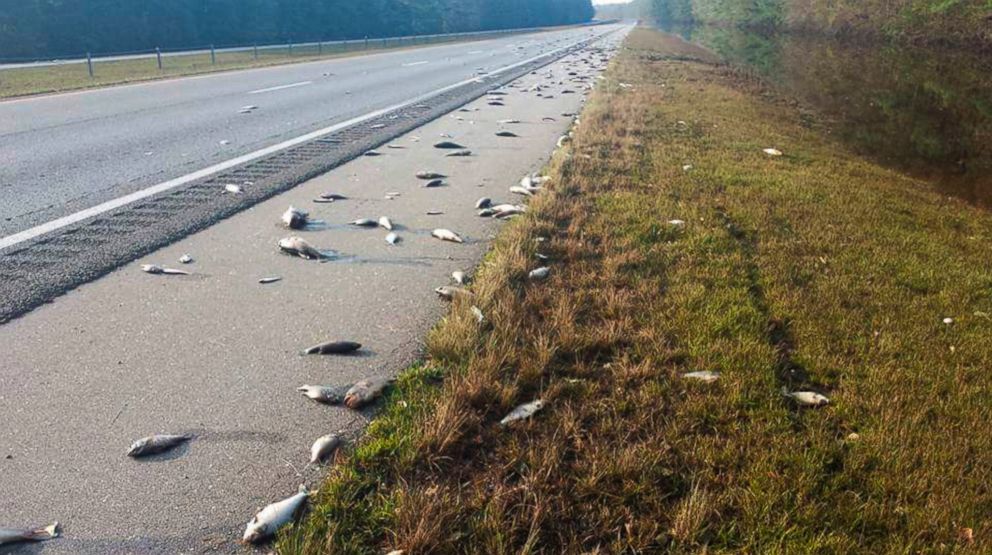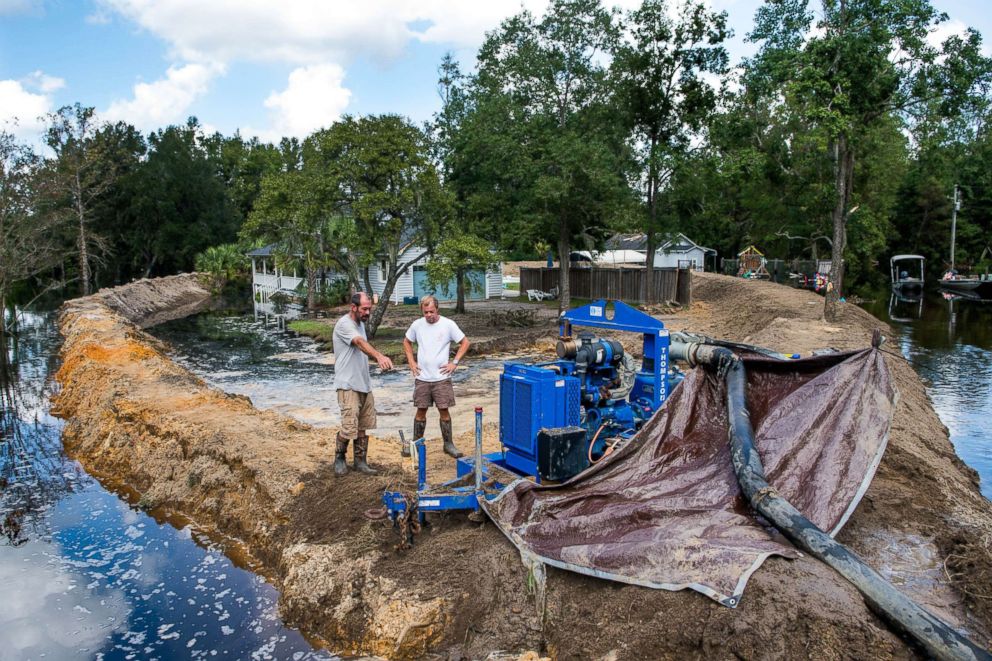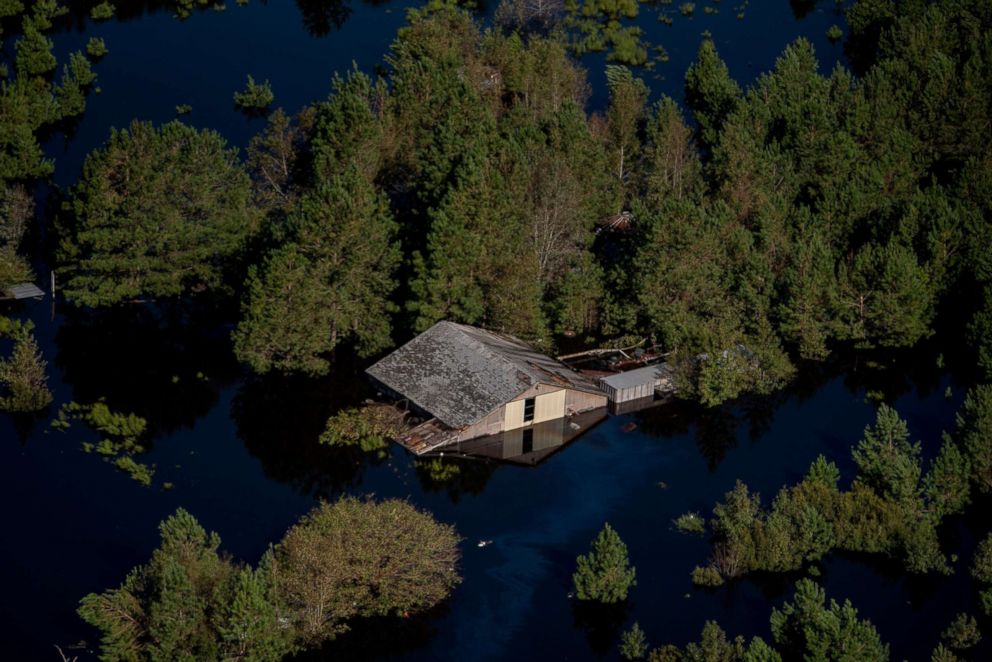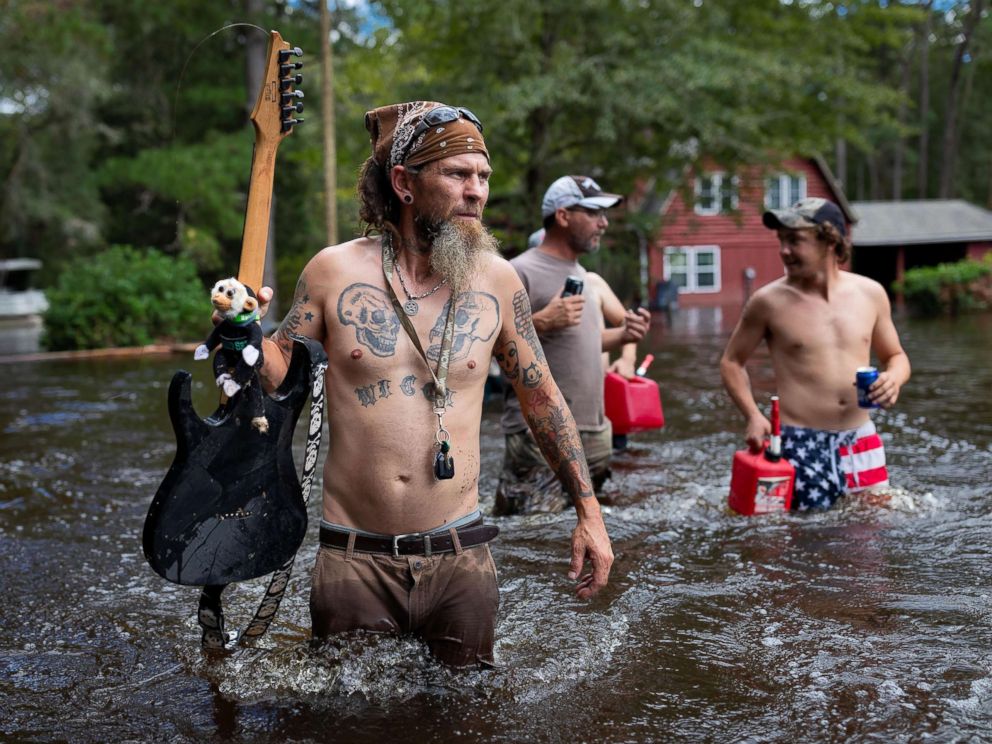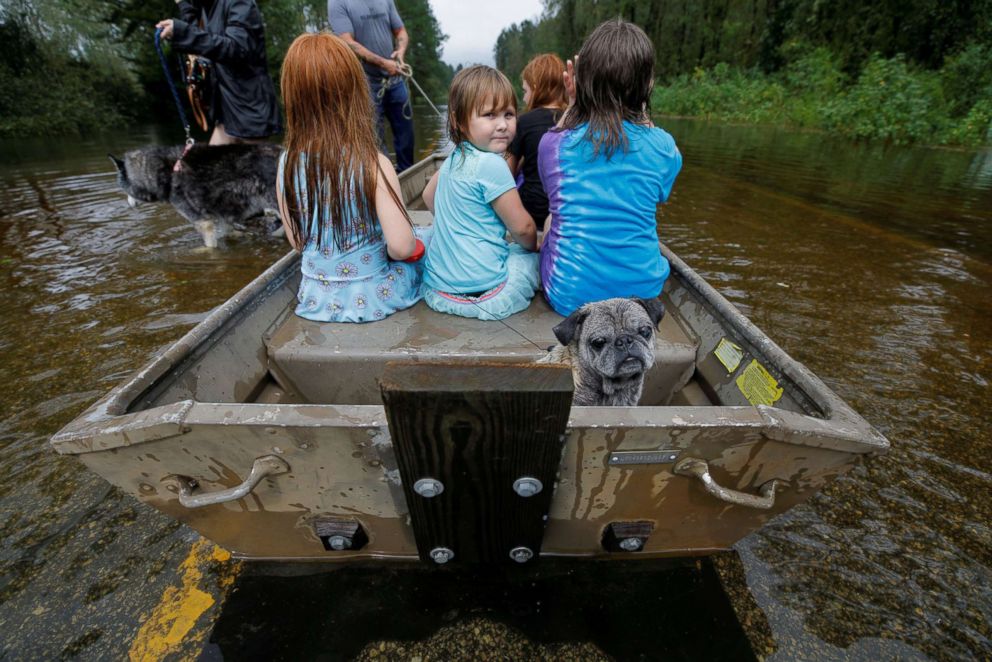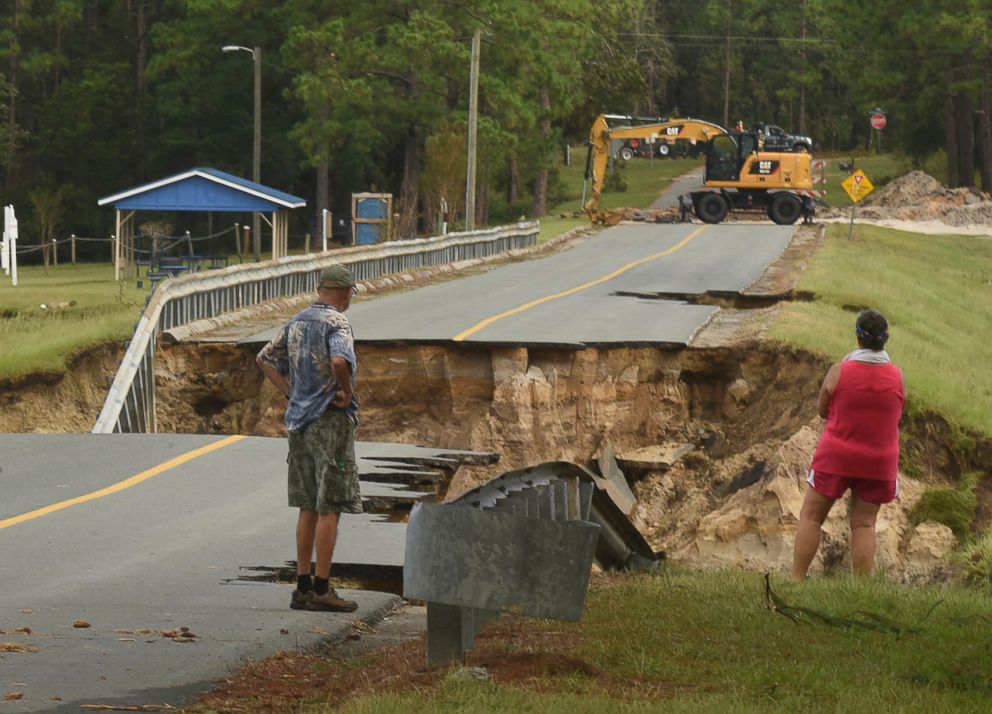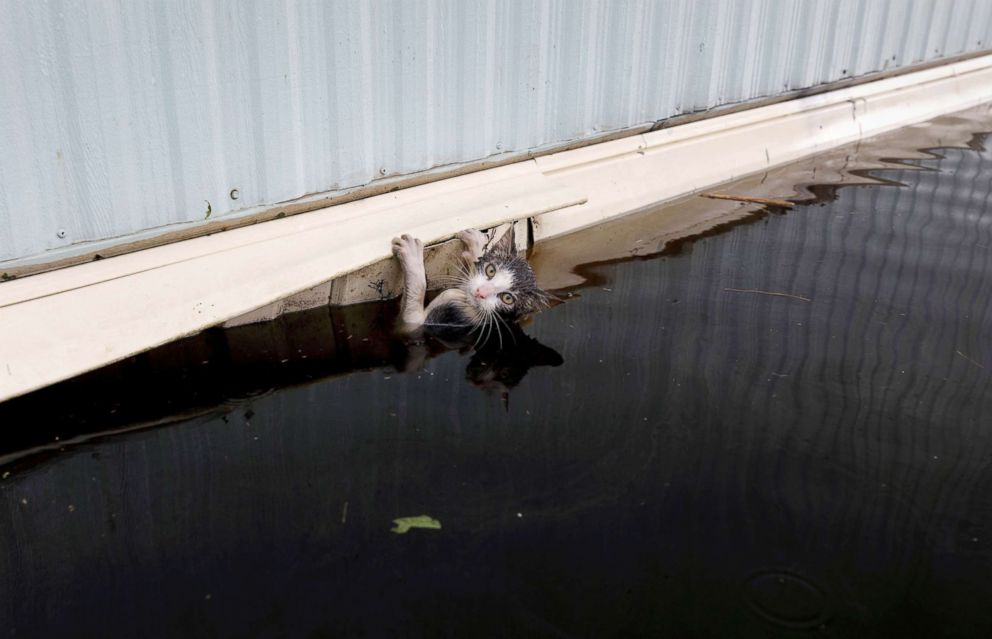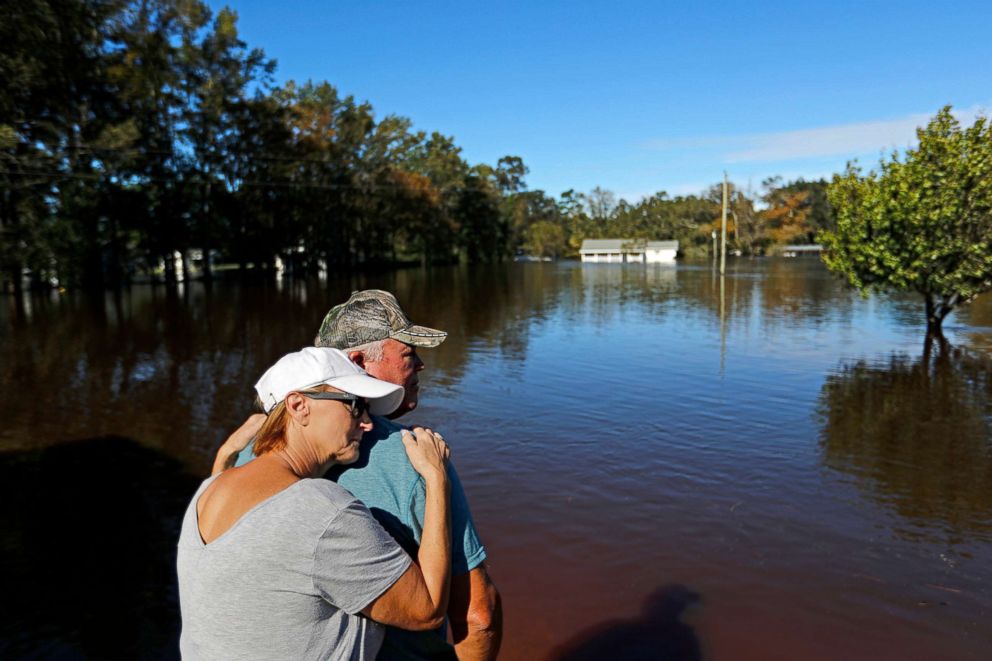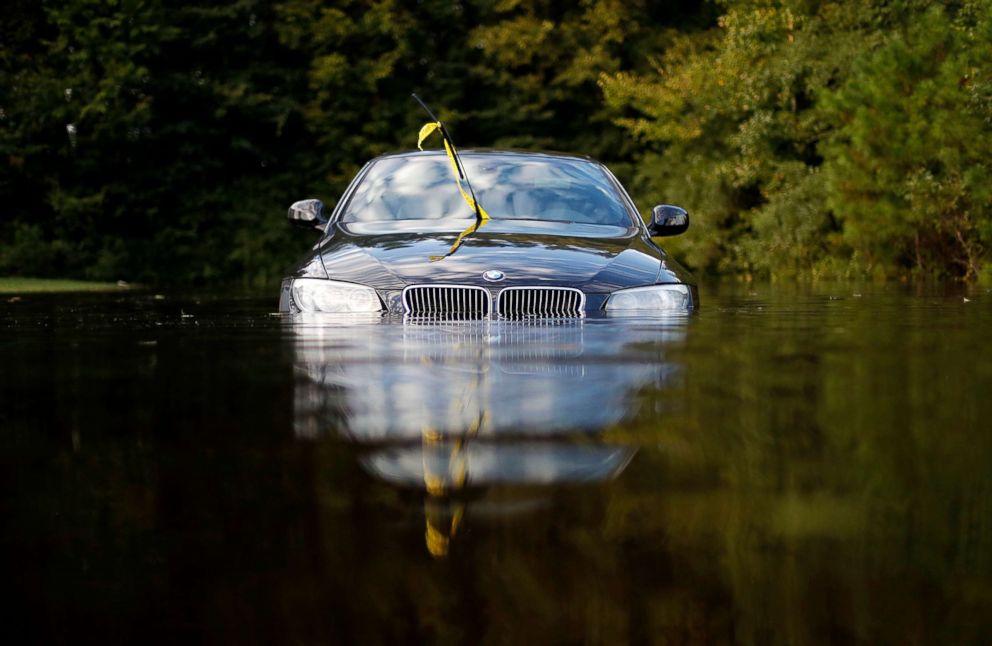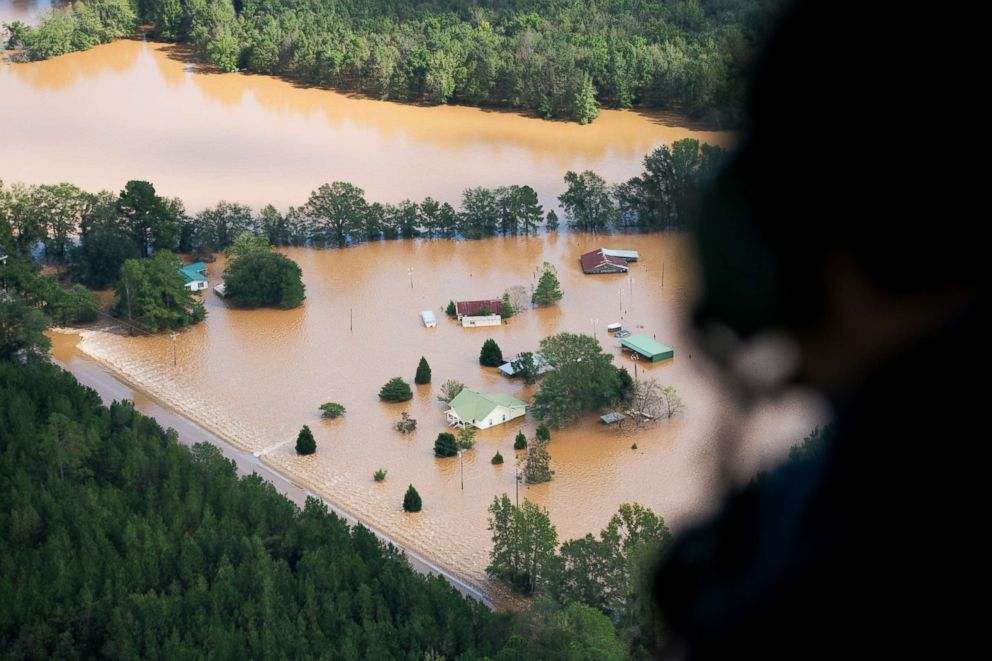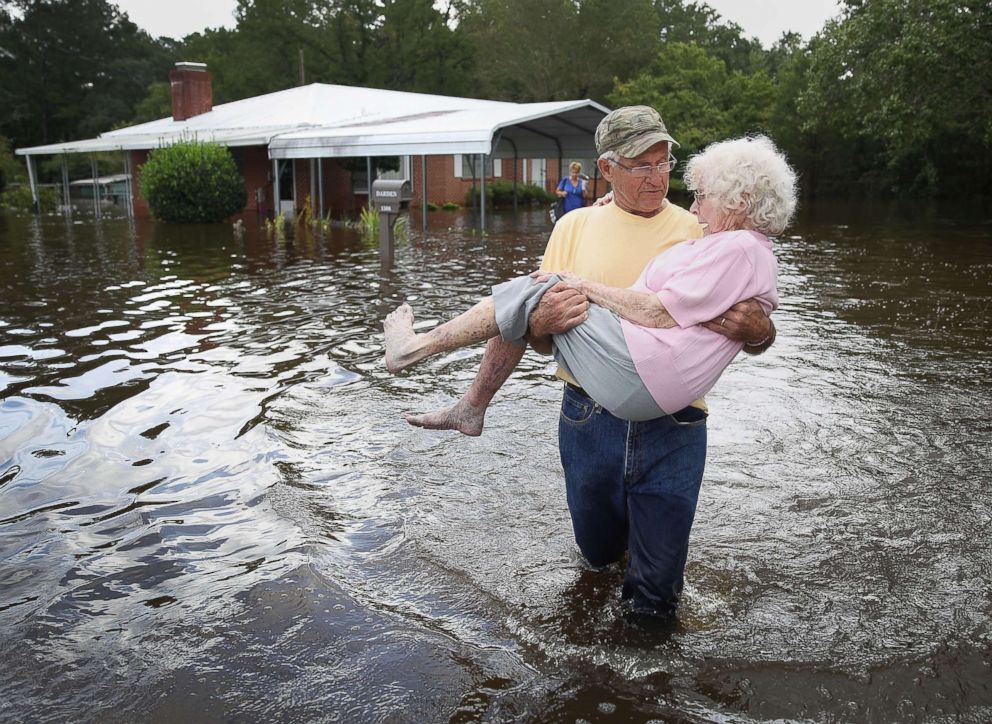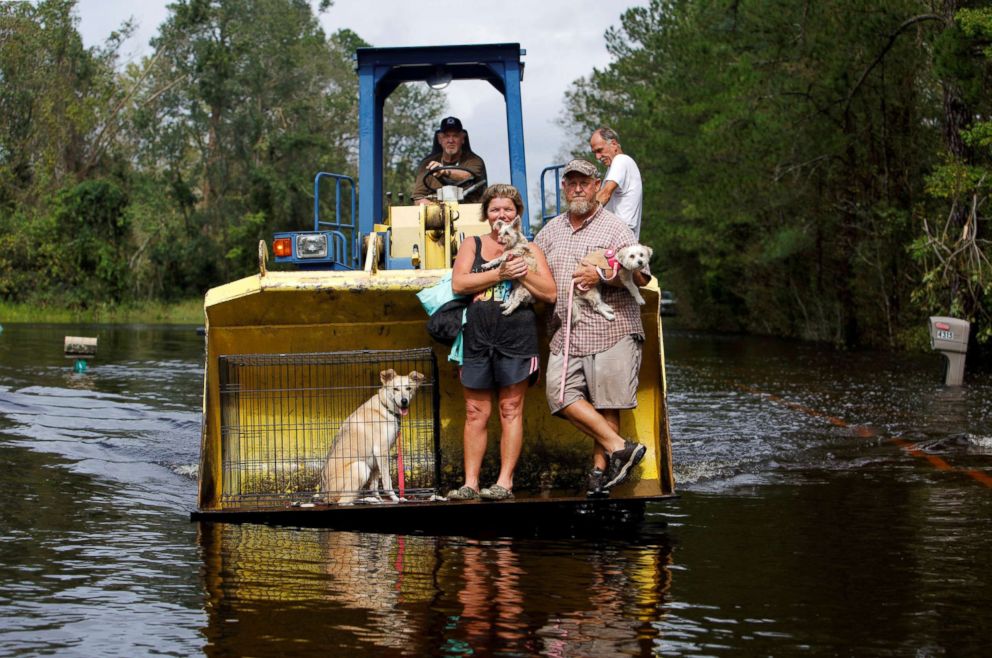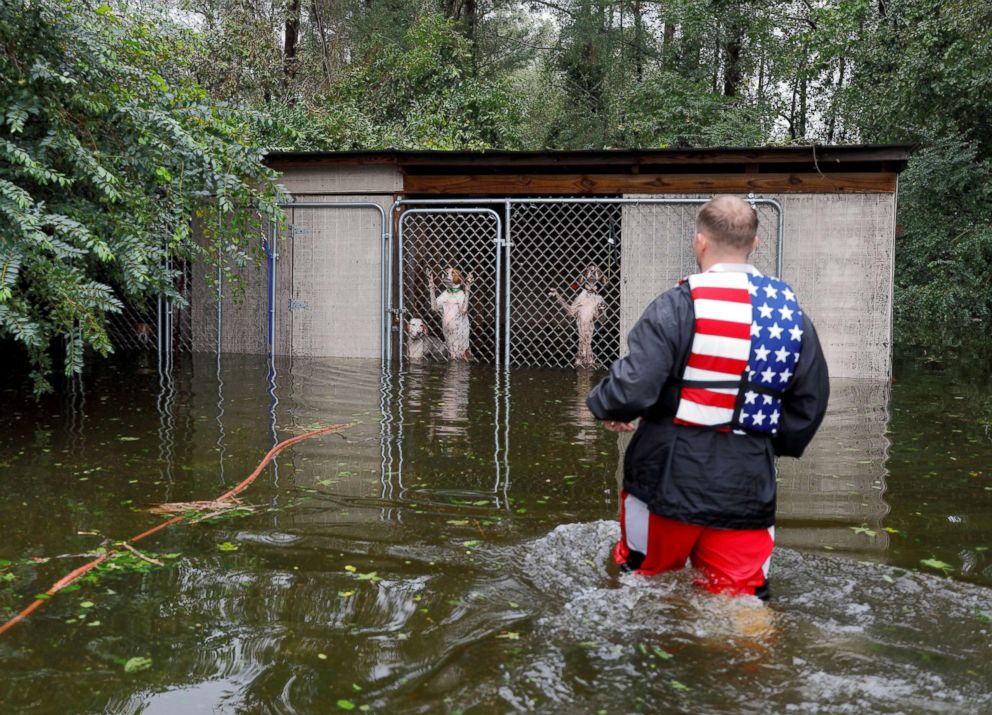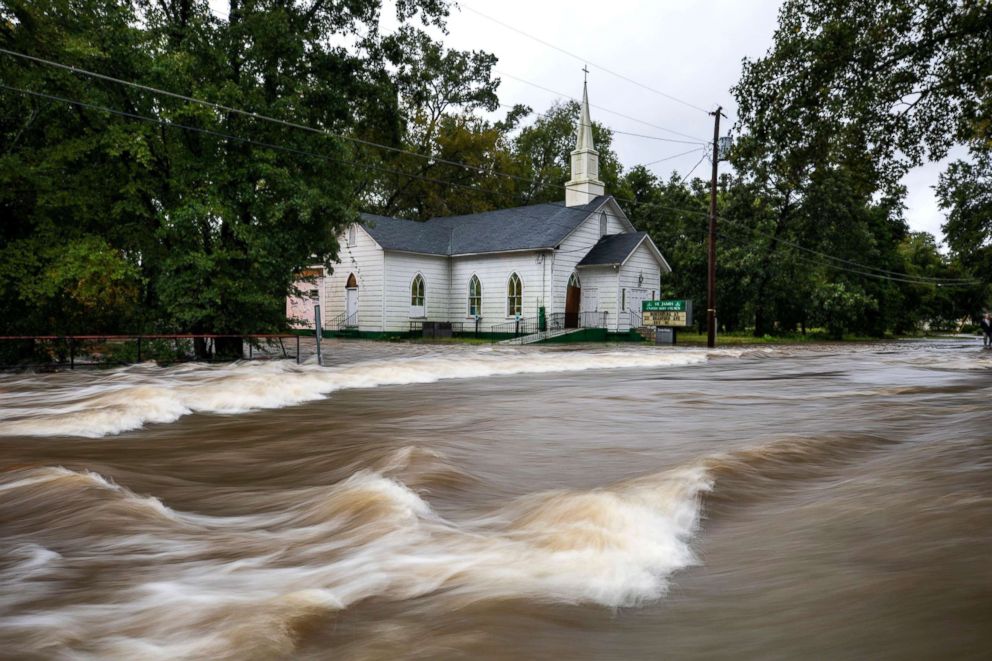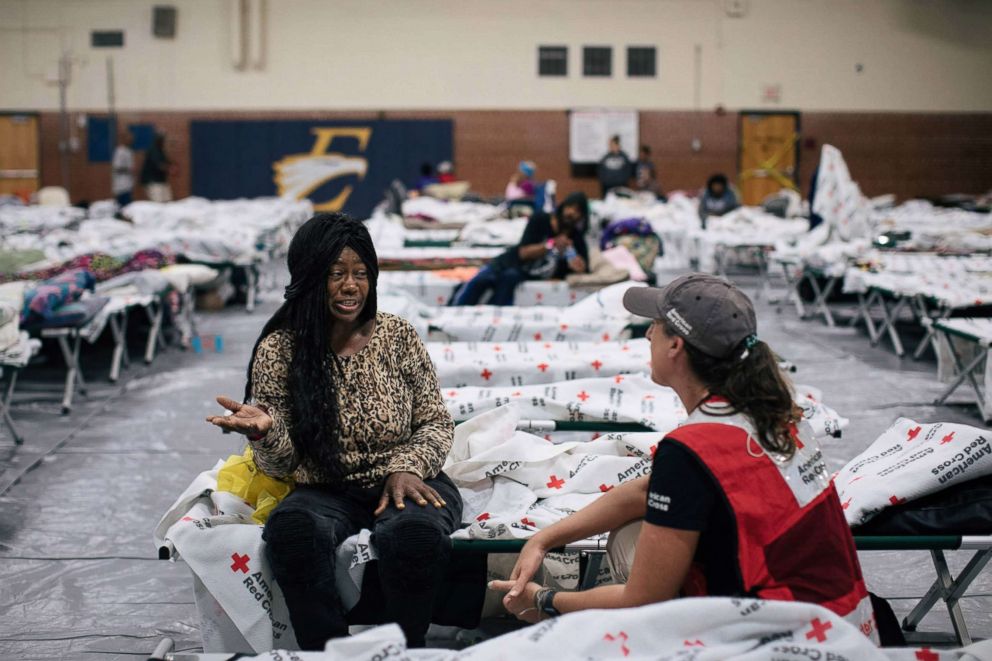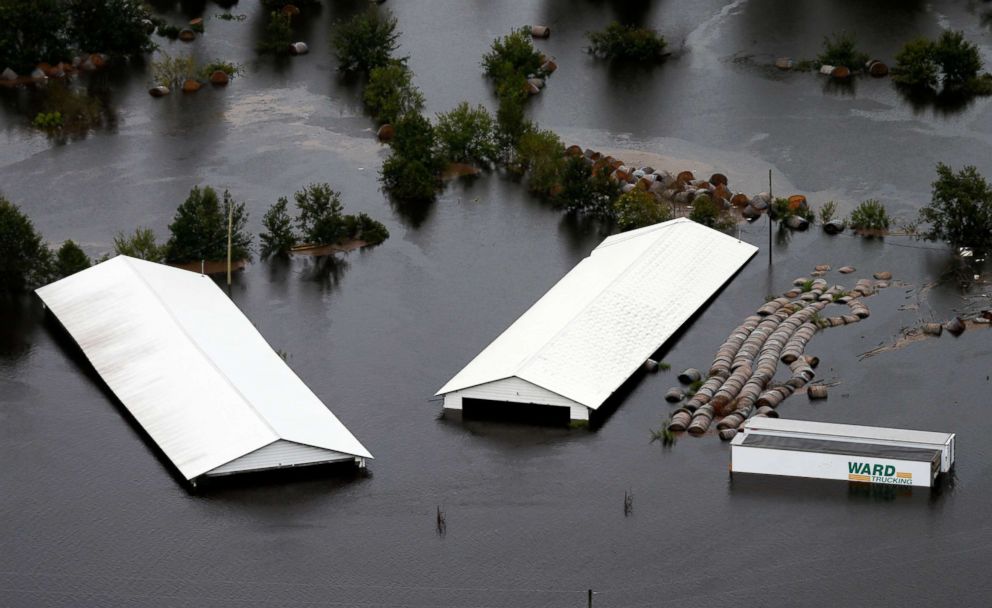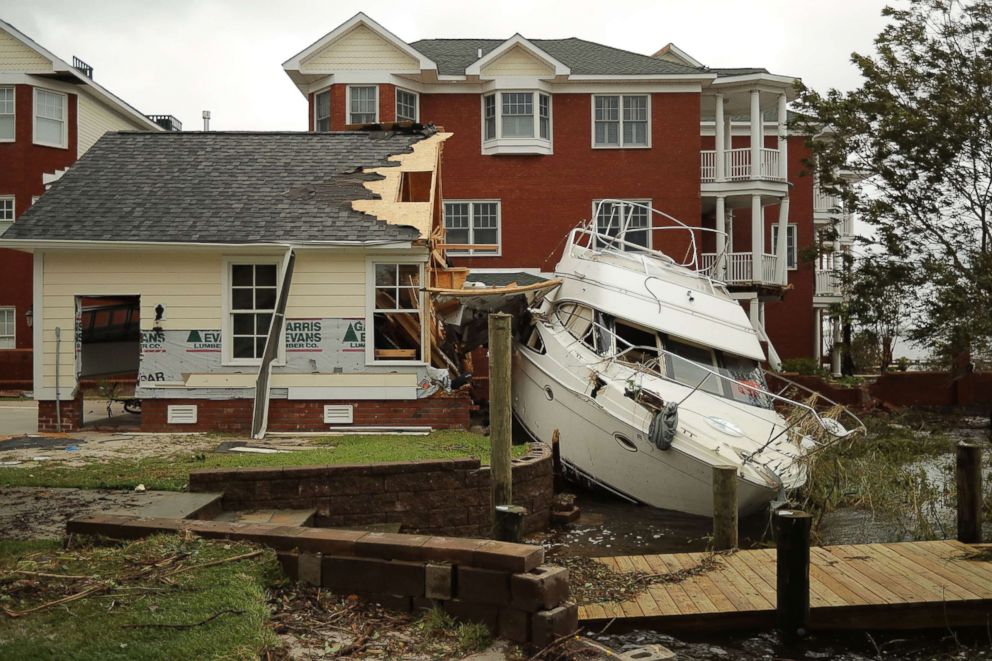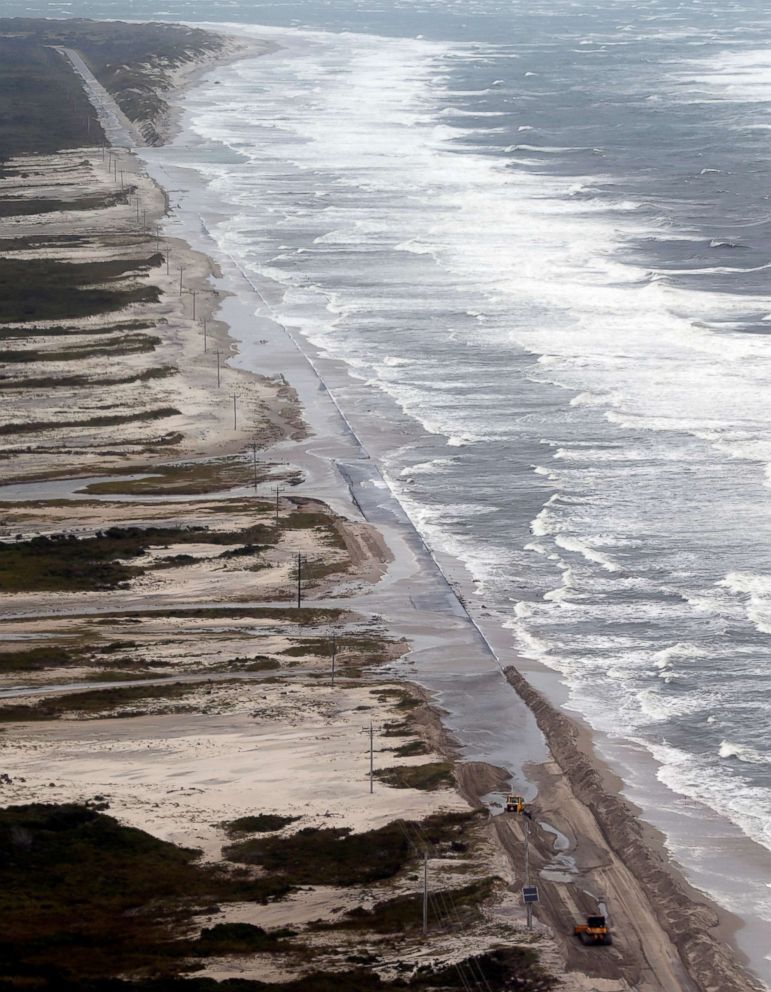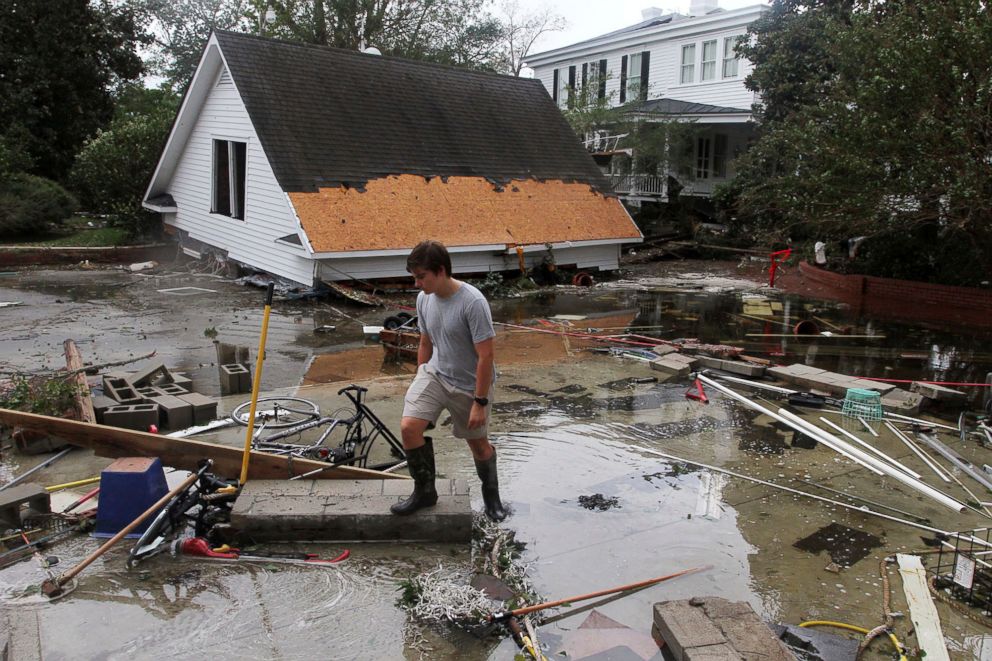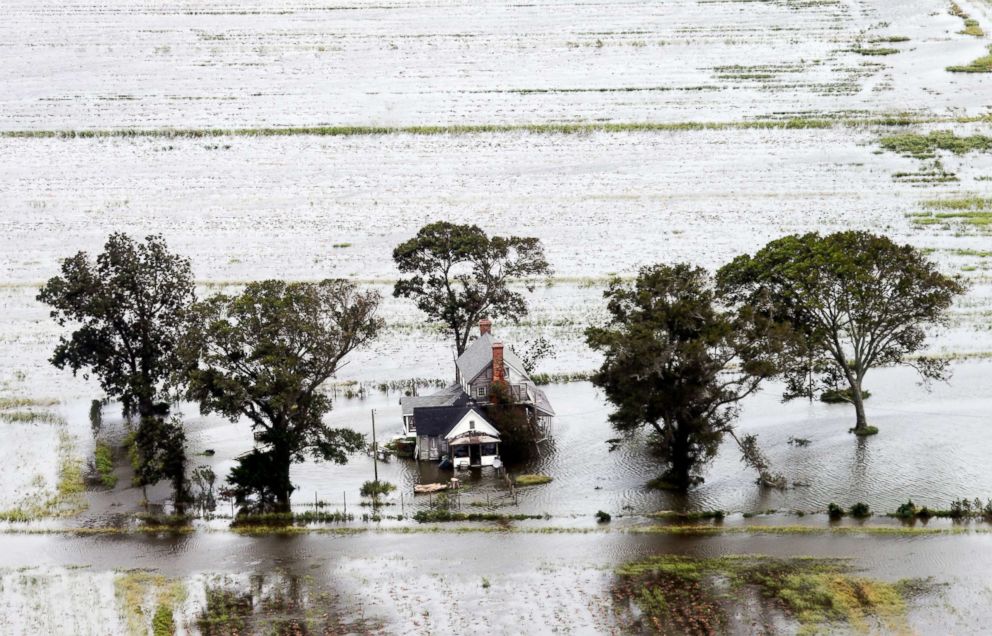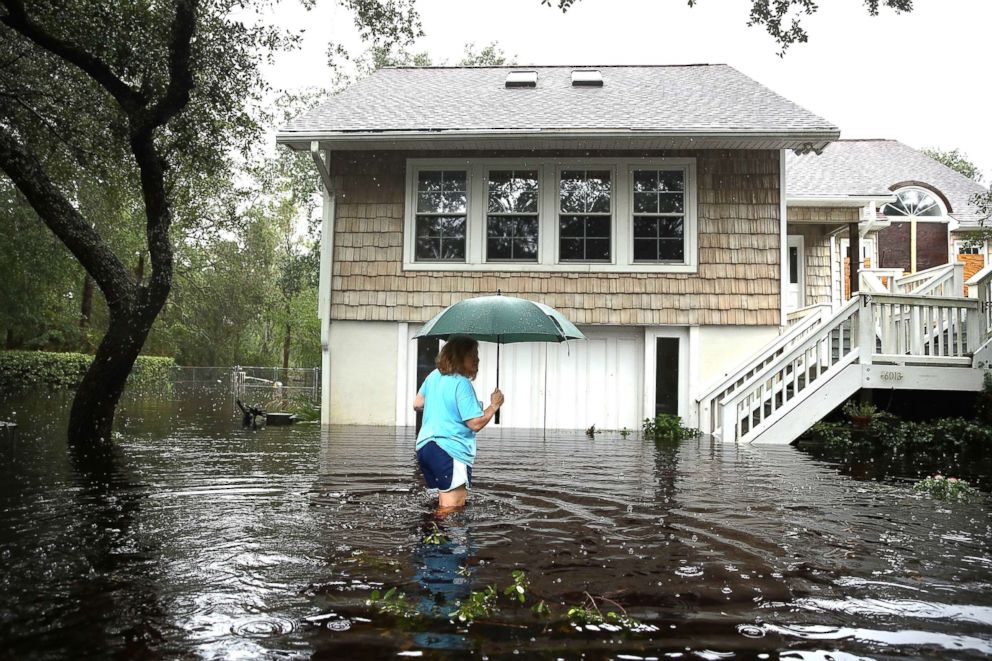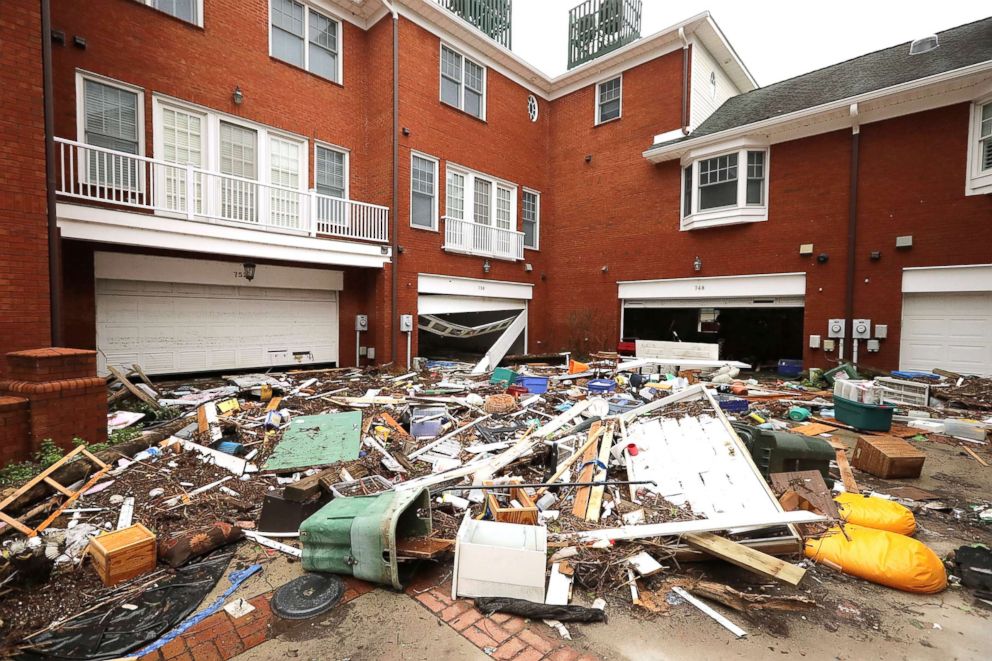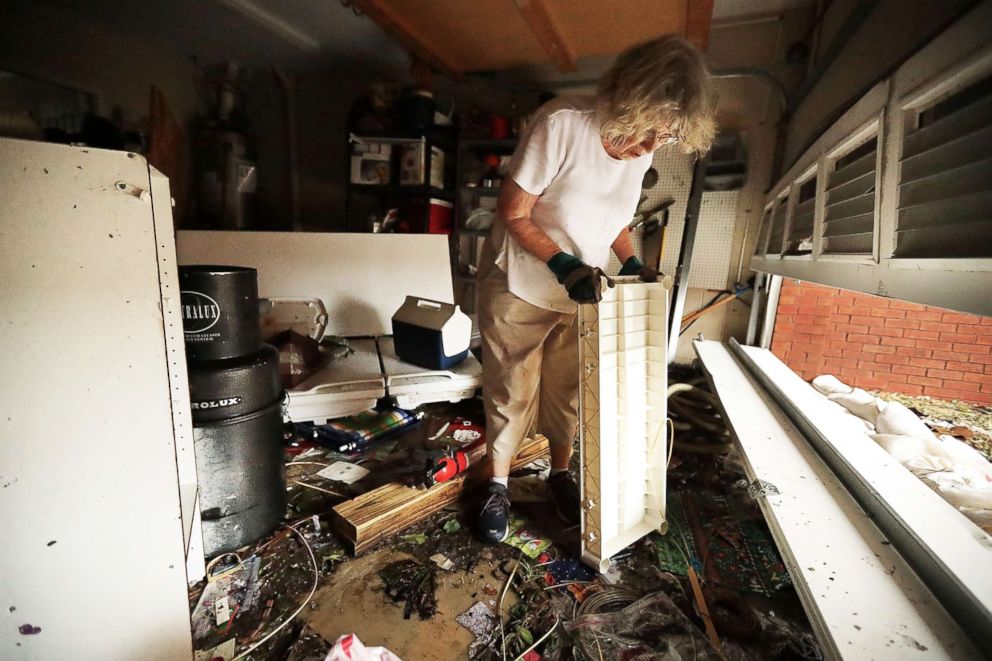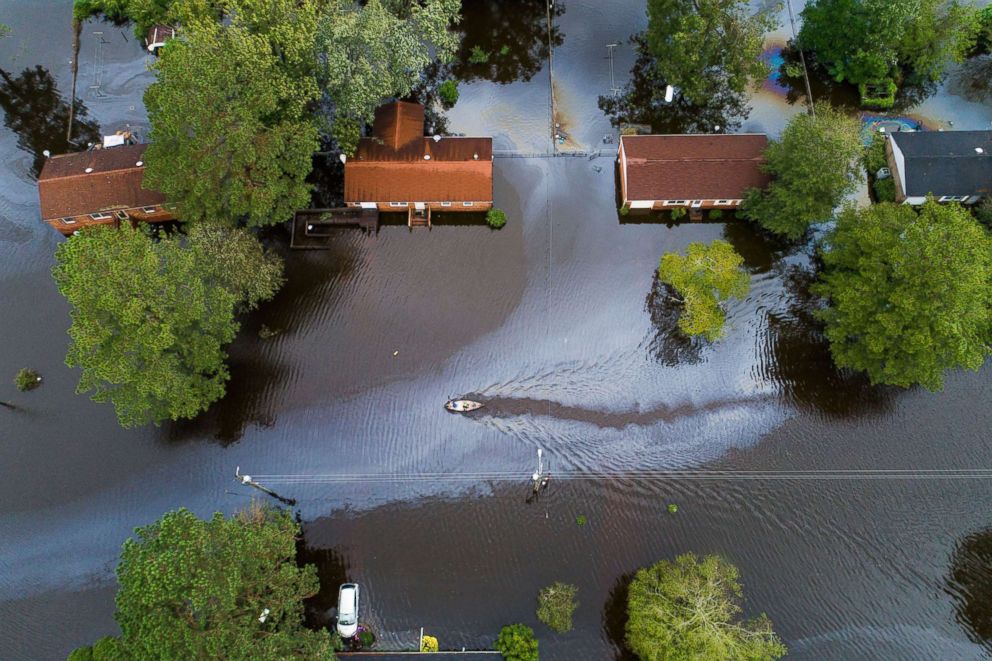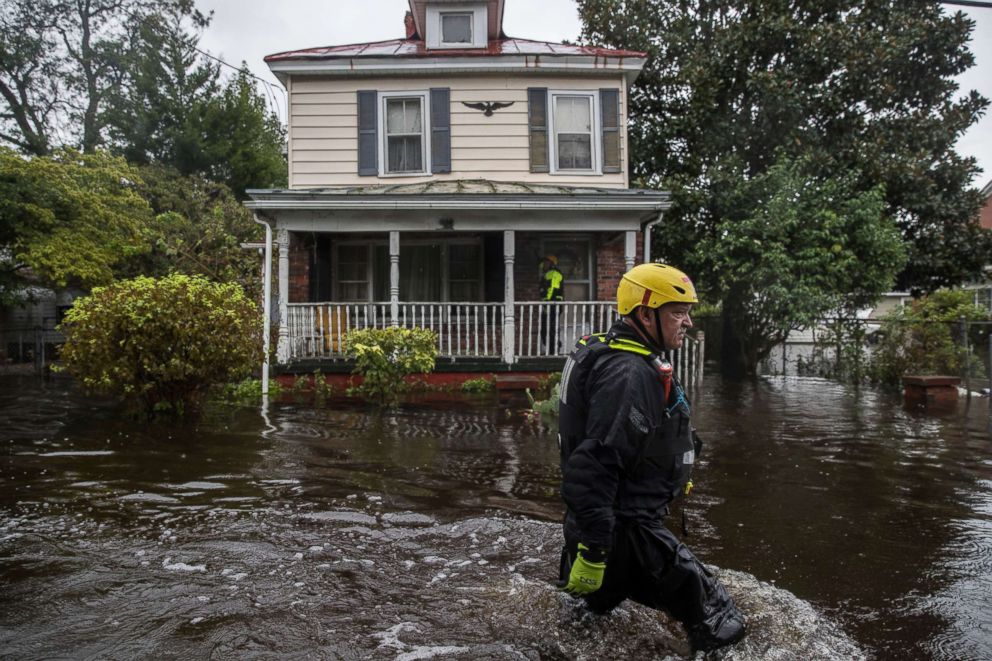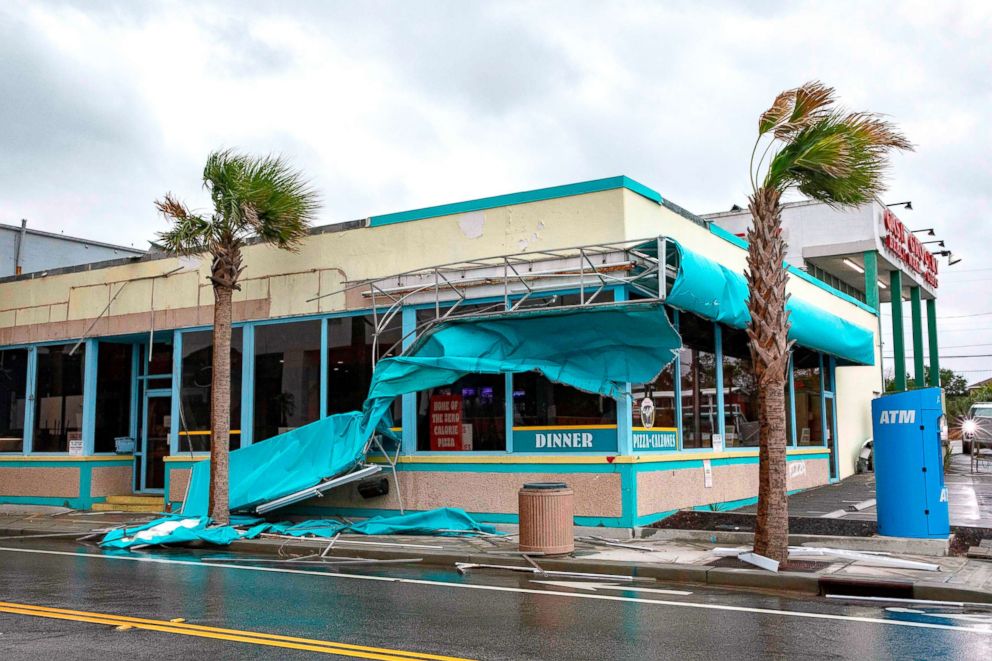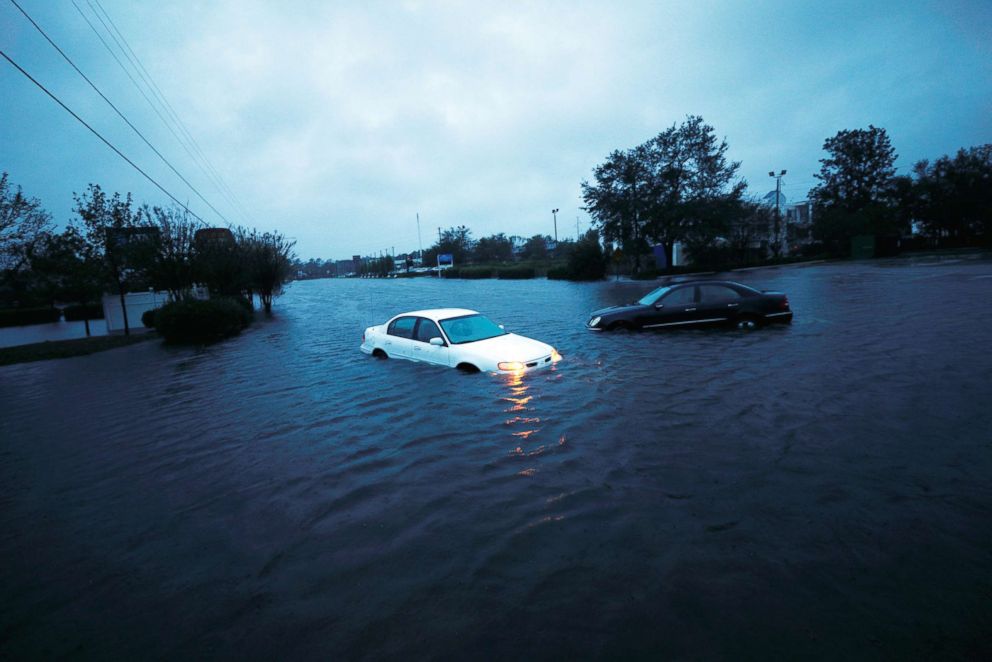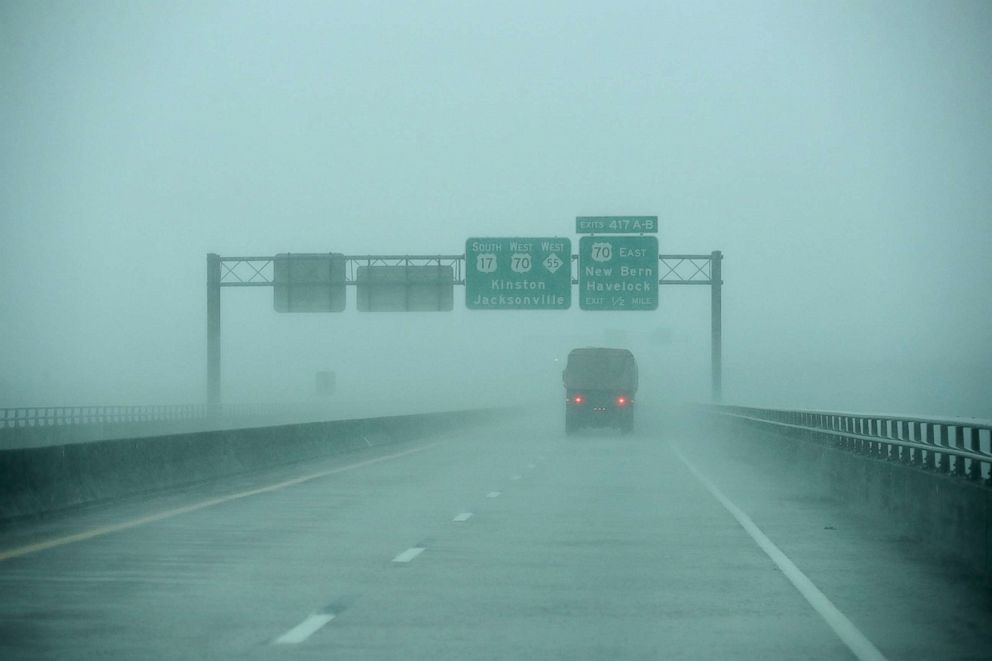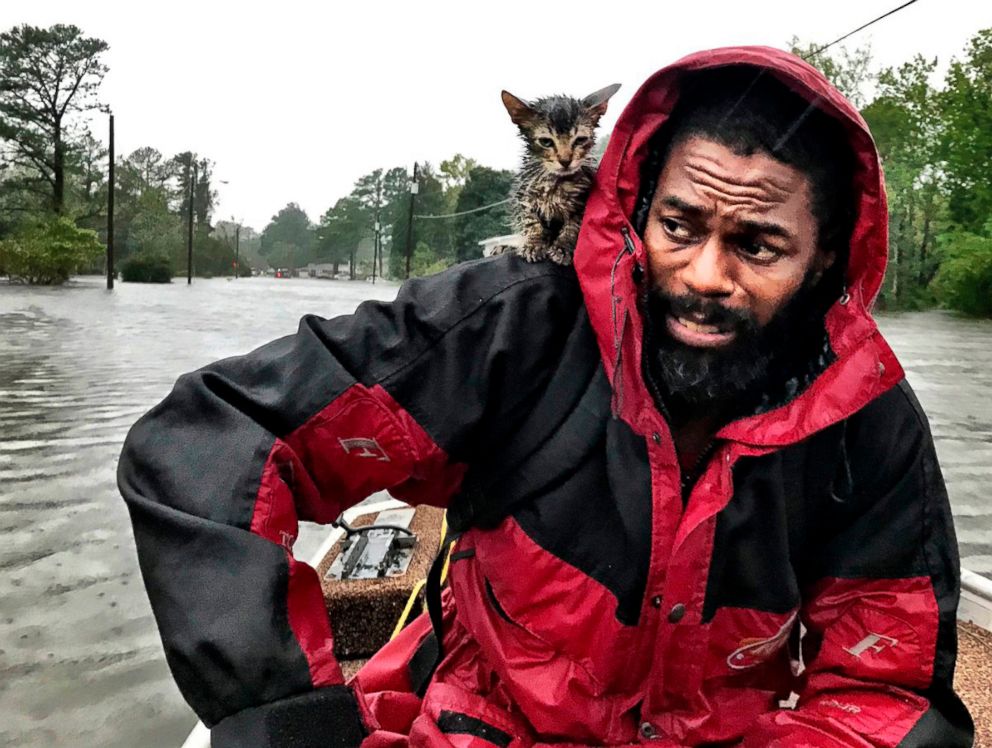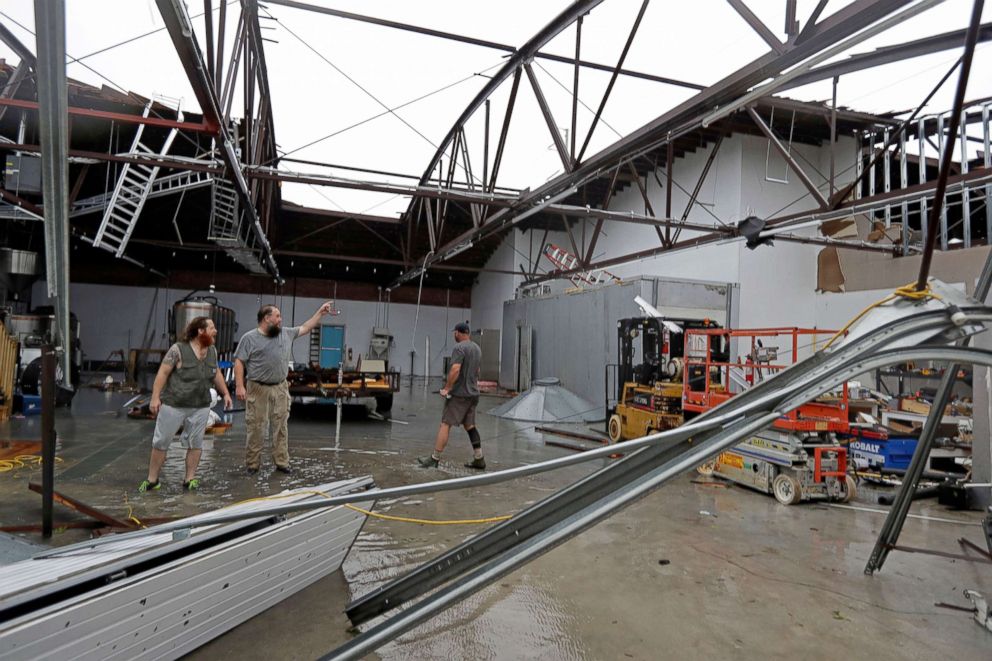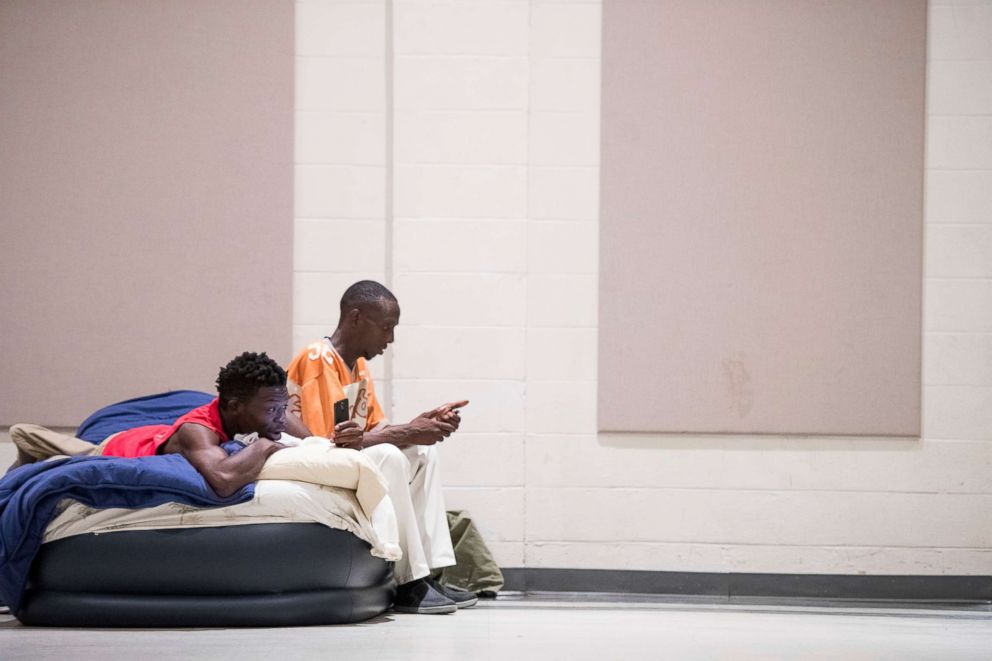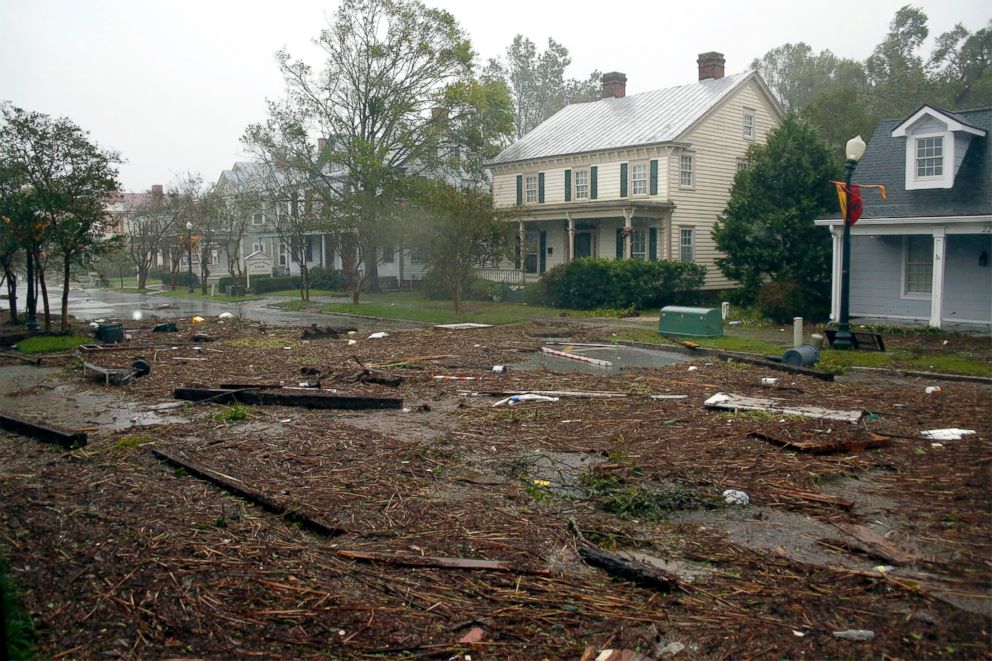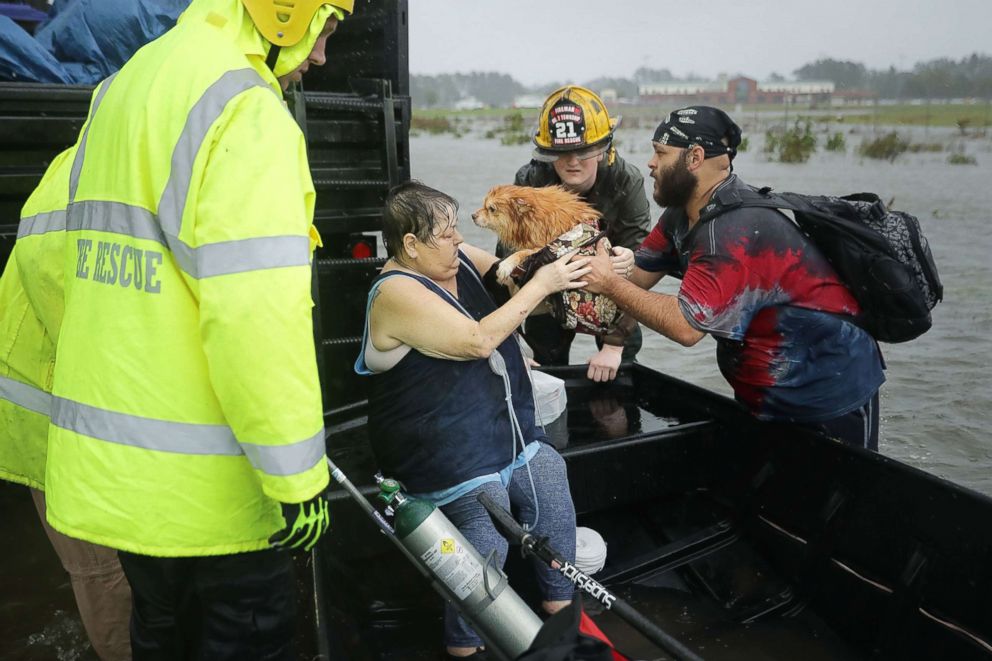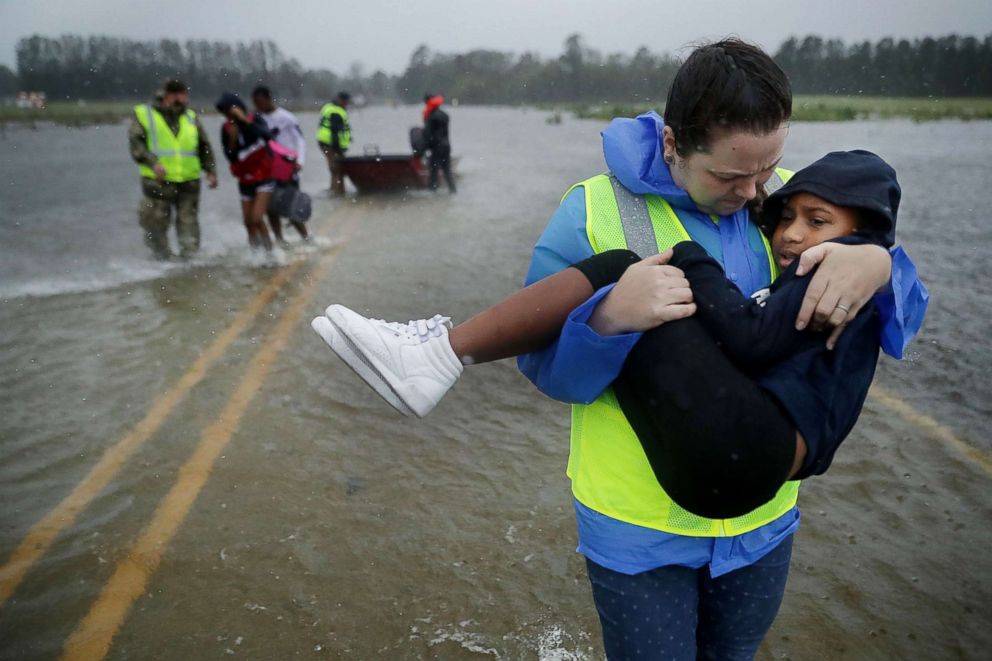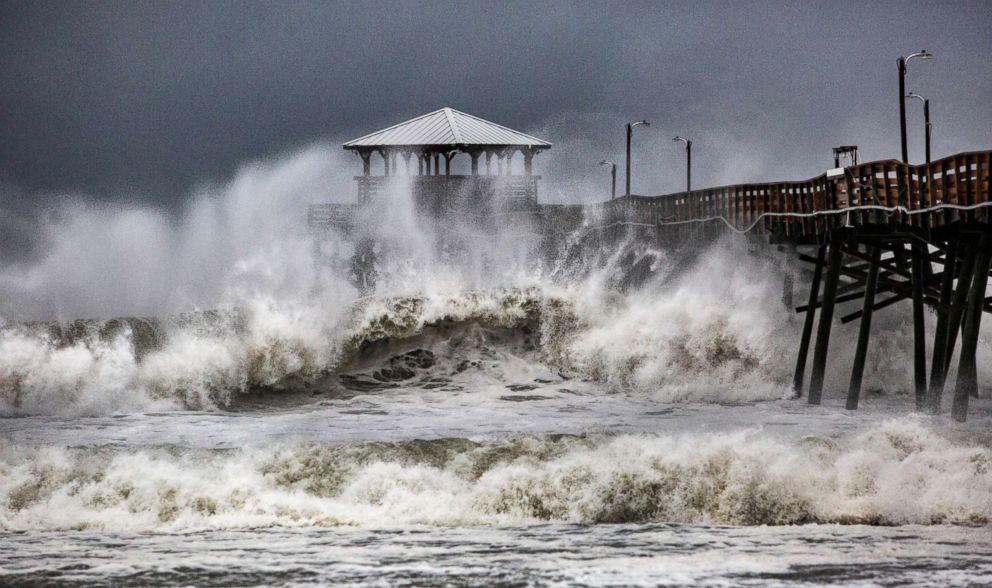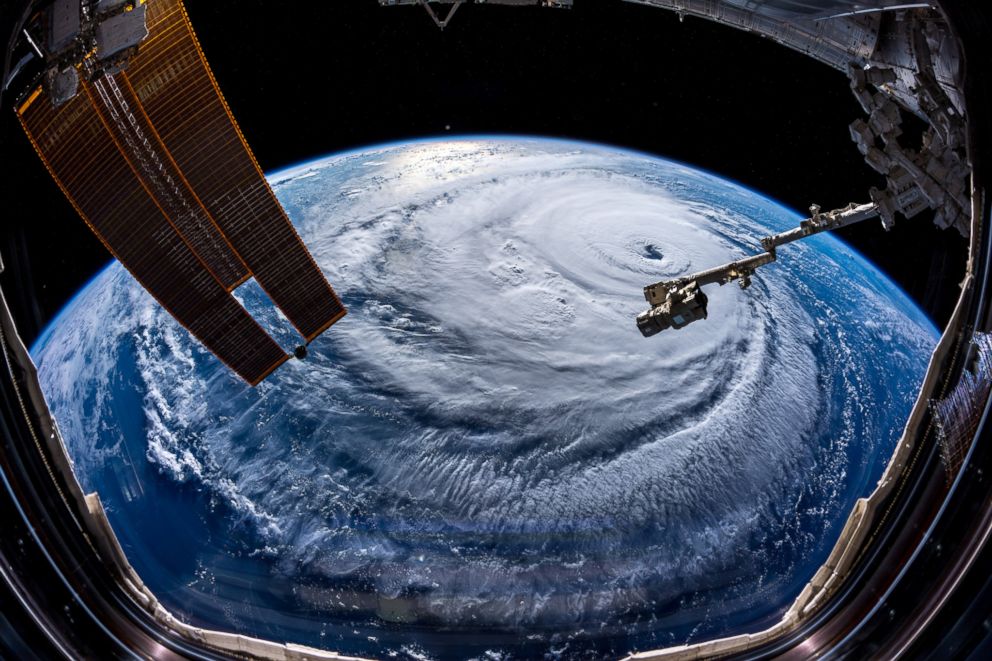Almost 200,000 without power as Hurricane Florence lashes North Carolina coast
The eye of Hurricane Florence is nearly over land, as tropical-storm-force winds extending almost 200 miles are pounding the Carolina coastline.
Here is the latest:
-- Hurricane-force winds are battering portions of the North Carolina coast, as water levels rise along the coastline and the threat of tornadoes increases further inland.
-- The storm surge is expected to worsen during high tide in the Atlantic Ocean.
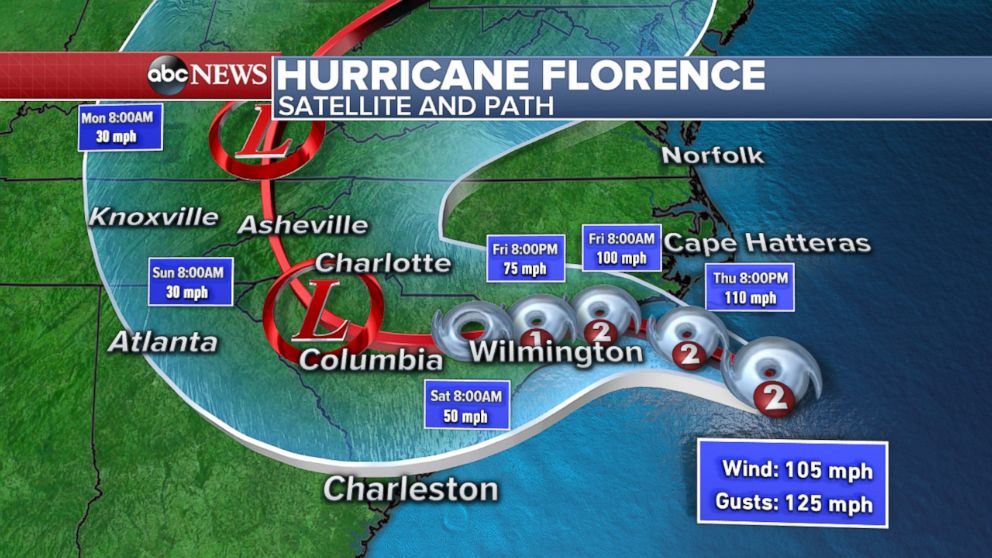
-- The storm was moving west-northwest at 6 mph with wind speeds of about 90 mph, about 30 miles east of Wilmington, around 4:30 a.m. local time.
-- Though the storm, once a Category 4, was downgraded Thursday night to a Category 1 from a Category 2, the danger is very real. Parts of North Carolina may see as much as 40 inches of rain and storm surges could be as high as 13 feet.
"Flooding and the storm surge -- those are the two main things that kill people, and this storm is not letting up," North Carolina Gov. Roy Cooper said Thursday.
The storm will churn very slowly Friday and Saturday, extending the damaging winds and huge amounts of rain that will hit the same areas of North and South Carolina for 24 hours.
-- High winds and floodwaters could knock power out for several days, if not longer, officials said. Almost 200,000 customers already were without power in North Carolina Thursday evening -- and that number is likely to rise.
'Don't risk your life'
Florence has prompted massive evacuations.
For those in an evacuation area, "there is still time to get out," Cooper said Thursday. "Don't risk your life riding out a monster storm."

"You're potentially risking the life of a first responder who would try to come and help you, and we don't need that," he added. "I know it's difficult to move, and I know that you are leaving things behind that you don't want to leave behind, but no possession is worth your life."
South Carolina Gov. Henry McMaster added: "Time is running out. Now is the time to go because that window of opportunity is closing on you very quickly."
Ignoring evacuation calls
But not everyone has packed their bags.
Kelly Salisbury said she's staying put in Kitty Hawk, North Carolina, even though most of the town left.
"We're on vacation, and we have a week off, and we came down from northern Virginia to have fun," she told ABC News. "Play in the water, enjoy the sunshine. Until we can't. See what happens."
She continued: "Of course we're worried. But we're watching the news every day. We're keeping track of it, seeing where it's going to hit and what category it is. And if we feel the need to leave we'll go. But we're going to stay as long as we can."
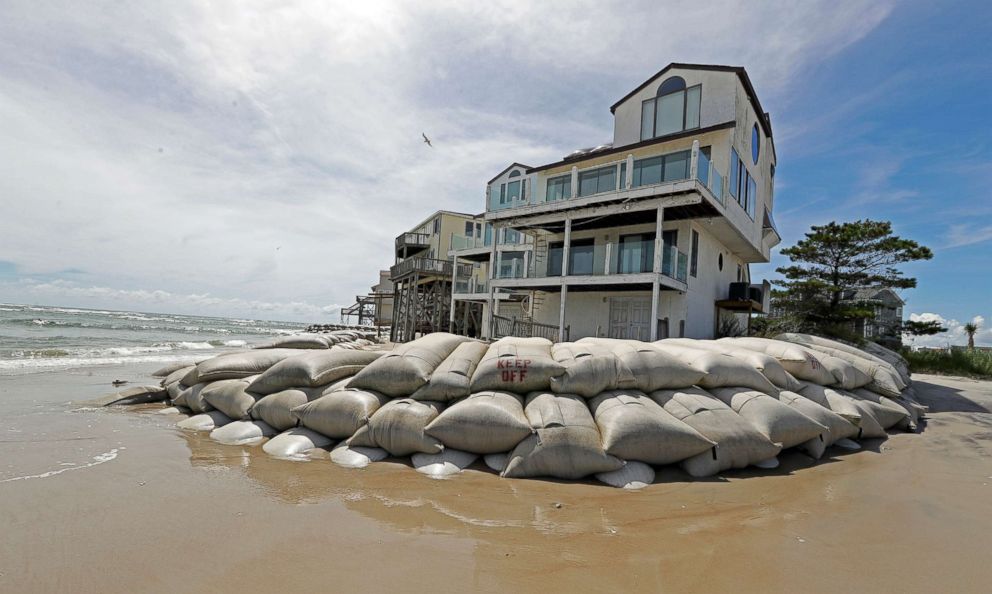
On Thursday night, city officials in Jacksonville, North Carolina, posted photos of a toppled gas pump and a downed tree after wind gusts exceeded 80 mph, warning residents to stay indoors as the hurricane passes. Downed power lines have also been reported in the area.
In Awendaw, South Carolina, Chris Johnson said he's staying behind to watch his house while his wife, Michele, is evacuating.
"I'm not sure if I could go out in the middle of the storm on a 12-foot ladder to replace a window, but I could be on the inside and try to do something ... or if the refrigerator goes out ... I can take care of all of that," Chris Johnson told ABC News.
Cleanup begins in the areas damaged by Hurricane Florence
Cleanup begins in the damaged areasMichele Johnson said she's worried about her husband, but "I think he's OK with me going, so I don't stress him out more. It's probably good for our marriage."
Added Chris: "I think with what we know right now [with the storm track] this is the best decision for us. I think it's a great compromise. I'm glad we both came to the decision ourselves. Hopefully, the cell phone tower, which is not too far away, will still work. We can keep in touch."
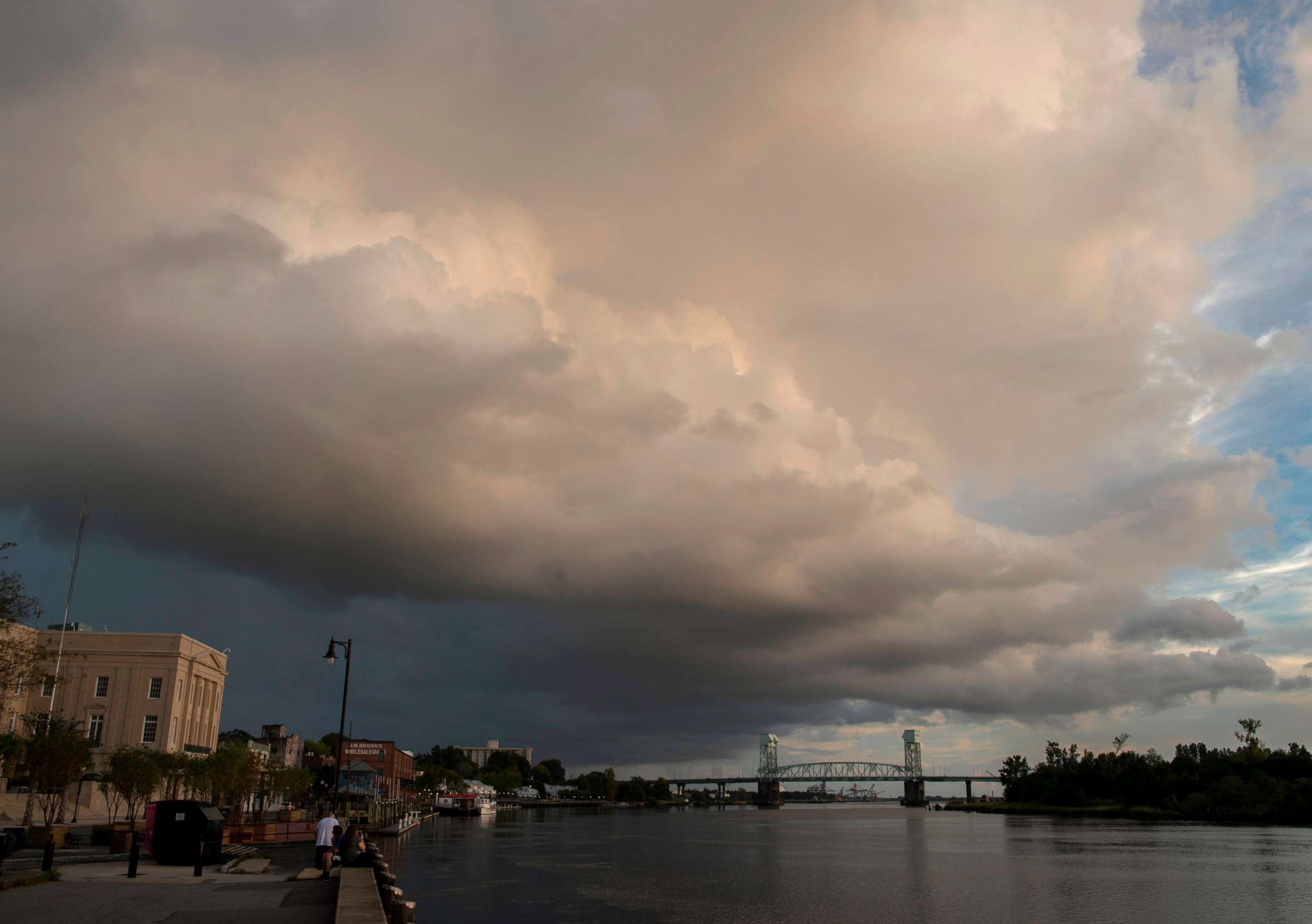
The South Carolina county encompassing Myrtle Beach has imposed a 7 p.m. to 7 a.m. curfew.
Flash flooding strikes Hawaii
Meanwhile, on the other side of the country, tropical depression Olivia is bringing rain and flash flooding to Hawaii.
Peak rain rates of about 1 inch per hour were recorded in Puna and South Hilo.
